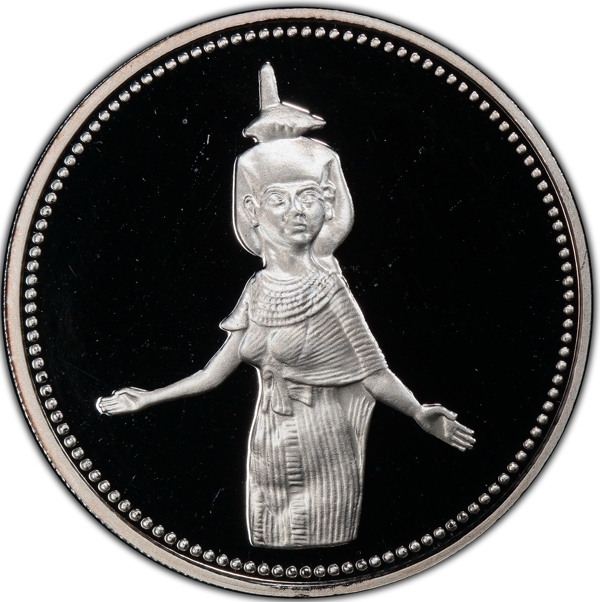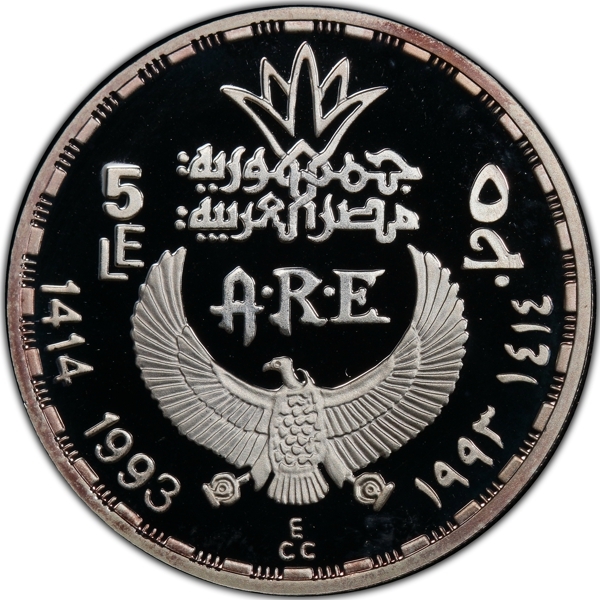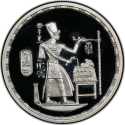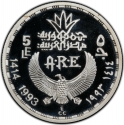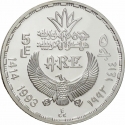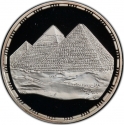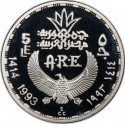You are about to finish your registration. Please check your mailbox (including spam folder). There should be a letter with a confirmation link. Check setting to make sure that your e-mail address is correct.
Send letter againDescription
Serket (also known as Serqet, Selket, Selqet, Selcis, or Selkis) is the goddess of healing venomous stings and bites in Egyptian mythology, originally the deification of the scorpion. Her family life is unknown, but she is sometimes credited as the daughter of Neith and Khnum, making her a sister to Sobek and Apep.
Scorpion stings lead to paralysis and Serket's name describes this, as it means "(she who) tightens the throat"; however, Serket's name also can be read as meaning "(she who) causes the throat to breathe" and so, as well as being seen as stinging the unrighteous, Serket was seen as one who could cure scorpion stings and the effects of other venoms such as snakebites.
Obverse

|
Depicts the guardian goddess Serket protecting the gilded case housing the canopic shrine and jars of King Tutankhamun (18th Dynasty, Egyptian tomb treasure, 1323 BC). |
|---|---|
Reverse

|
Stylized state name (Arab Republic of Egypt) divides denomination in Arabic and English and abbreviation of state name (A.R.E.) below, the date in Arabic (Hijri) and Western (Georgian) divides by a vulture with open wings. Engraver's initials (ECC) below. 5 ٥ جمهورية مصر العربية |
| Edge |
5 Pounds
Pharaonic Treasure / Ancient Egyptian Art
Goddess Serket
Subscribe series
KM# 743
Pharaonic Treasure / Ancient Egyptian Art
Goddess Serket
